The decades that supercharged LEGO® creativity, while quietly setting up the biggest test in the company’s history.
By the 1980s, the “System in Play” had matured into a universe. New themes, parts, and building techniques expanded what was possible; classrooms embraced LEGO as a learning tool; and, by decade’s end, LEGO was dabbling in electronics that would lead to programmable robots. At the same time, the 1990s brought intensifying competition and creeping complexity inside the product portfolio, culminating in LEGO’s first ever loss in 1998 and a strategic pivot to licensed IP in 1999.
1980: “System for Learning” — LEGO Education (Dacta)

Kjeld Kirk Kristiansen formalized LEGO’s educational ambitions by creating the Educational Products Department in 1980 (renamed LEGO Dacta later in the decade). The move reframed the brick as a tool for learning by making, seeding school focused kits across DUPLO, System, and Technic, and, eventually, paving the way for robotics.
AFOL note: This is the era many of us first encountered classroom sets, sorting trays, and those glorious tubs of parts designed for group builds, early proof that structured play could teach problem solving and collaboration.
1980s: A world of themes (and parts) explodes


With the brick perfected, LEGO leaned into rich, storyable worlds and more advanced mechanisms:
- Space & Castle matured into sprawling sub themes with new elements, prints, and accessories that upped realism.
- Technic evolved toward functional builds: gear trains, suspensions, and the “supercar” ethos that many AFOLs still chase.
- Monorails became the aspirational centerpiece of catalogs: 6990 Futuron Monorail (1987) and 6399 Airport Shuttle (1990) turned tables and floors into transit layouts.
- Pirates arrived in 1989, bringing cloth sails, rigging, animals, and some of the first expressive minifig prints, an instant classic line alongside Town, Space, and Castle.

Why it mattered: The 1980s cemented the “LEGO multiverse” - cohesive scales, compatible parts, and enough realism to invite both free builds and set following. Catalogs became world building documents.
Cultural saturation: the minifig everywhere

By the early 1990s, the smiley minifigure was ubiquitous - knights, pirates, astronauts, city workers - symbolizing how thoroughly LEGO saturated childhood culture in Europe and North America. (That cultural stature would be recognized formally later in the decade.)
1998: Enter the programmable brick (MINDSTORMS)
The LEGO MINDSTORMS Robotics Invention System launched in 1998, commercializing work with MIT’s Media Lab around the programmable “RCX” brick (motors, sensors, and visual programming). It was radical: build, then code it. Teens, engineers, and plenty of parents, embraced and even hacked it, expanding capabilities far beyond the box.
AFOL note: MINDSTORMS validated LEGO’s ceiling for serious tinkering. It also foreshadowed the community cocreation model that would later shape NXT/EV3 and LEGO’s broader approach to fans.
Late 1990s: Storm clouds gather
Under the surface, warning lights flashed. As video games won more attention and LEGO’s own product range ballooned, costs rose while sales lagged. In 1998, LEGO posted the first loss in its history, a symbolic crack in an otherwise unbroken growth story. Analysts later tied the slump to over extension, complexity, and missed shifts in kids’ playtime.
1999: A bold pivot: licensing begins (Star Wars)

To reignite demand, LEGO launched its first licensed theme, Star Wars, in 1999, debuting sets tied to both the Original Trilogy and The Phantom Menace. The move brought an immediate sales jolt and ushered in an era where licensed IP, from Harry Potter to Batman, would become a permanent pillar of the portfolio.
Trade-off: Licensing delivered buzz and new builders, but also introduced royalty costs and debates among AFOLs about balance between original themes and IP sets, a tension that would shape the 2000s.
The cliffhanger into 2000
The 1980s–1990s gave us monorails, Pirates, Technic landmarks, and programmable bots, peak creativity by any measure. But by the end of the ’90s, the numbers told a different story, setting the stage for the near-crisis and historic turnaround of the 2000s (next chapter).


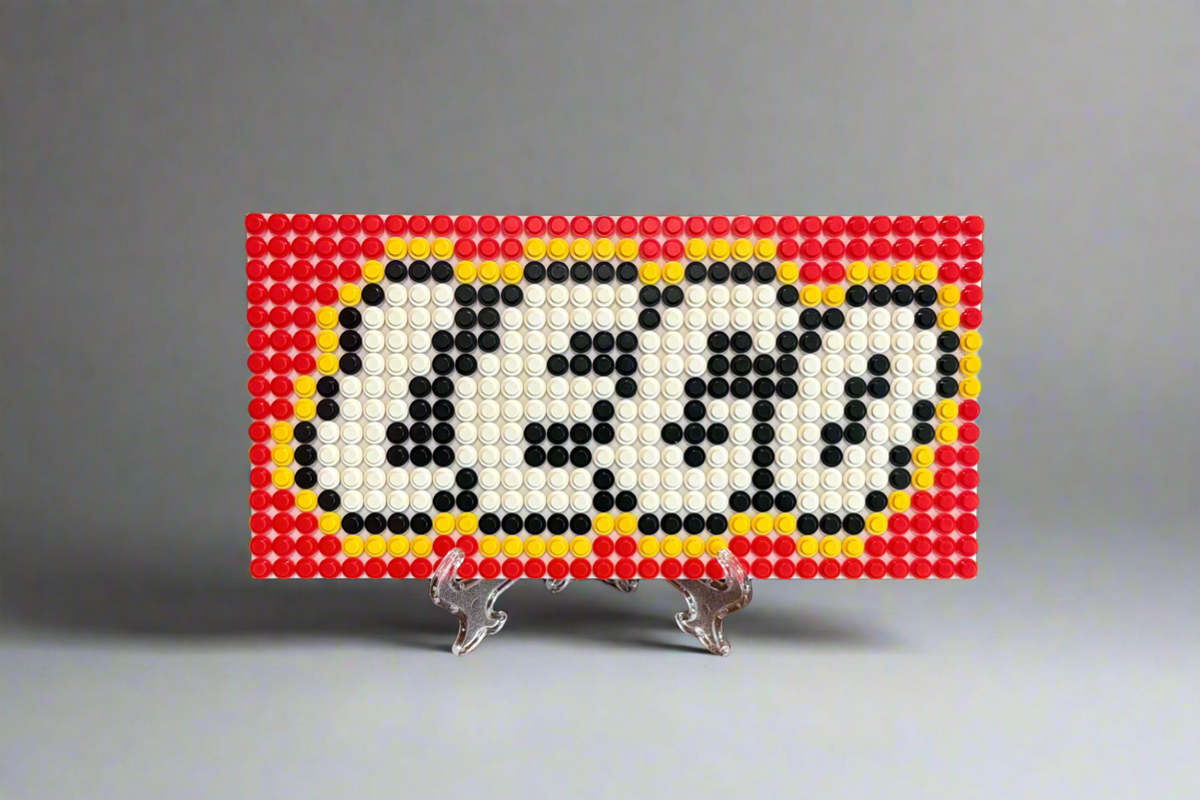
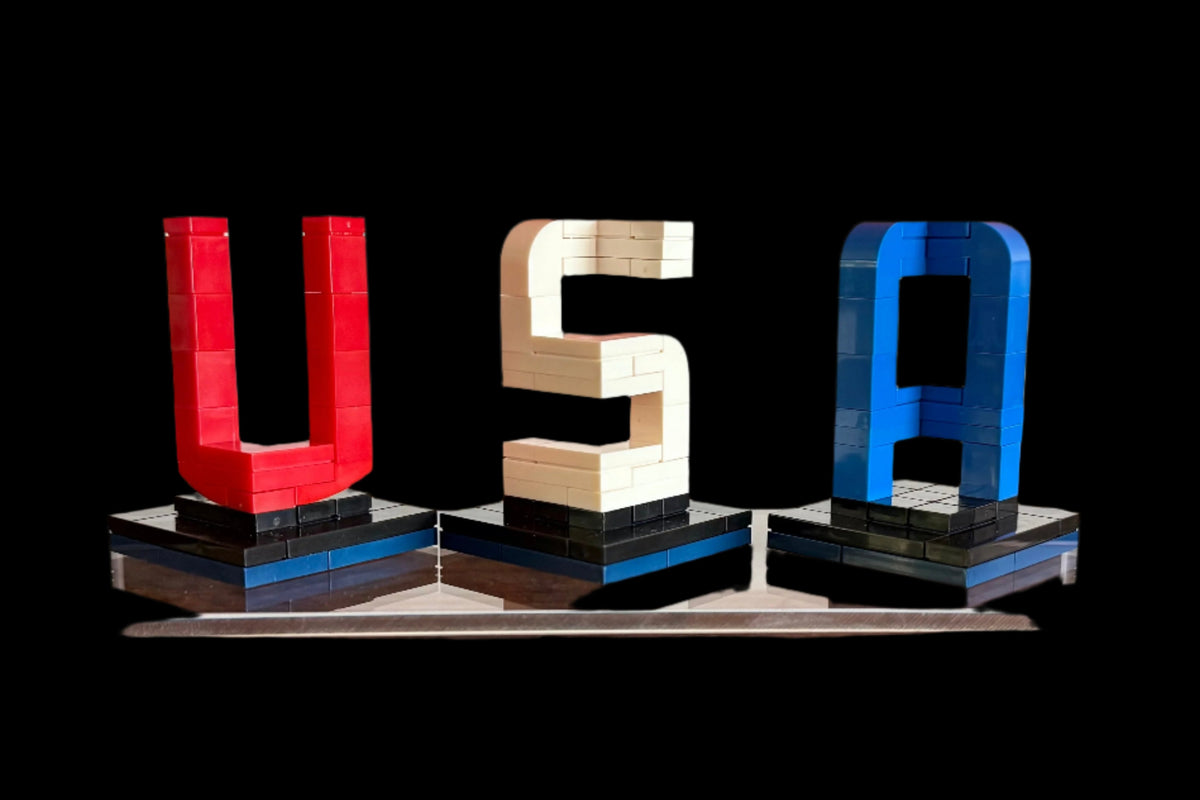






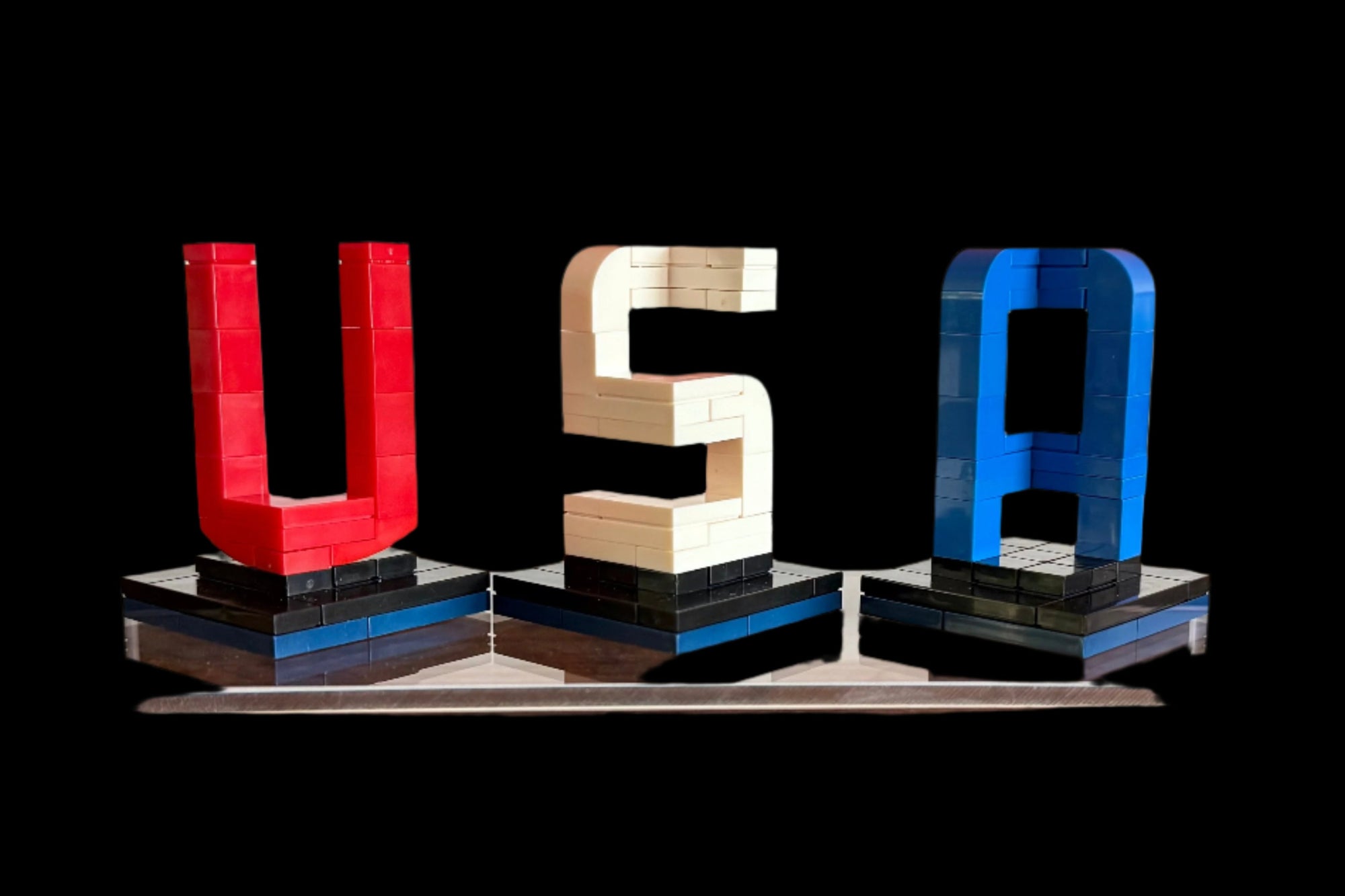
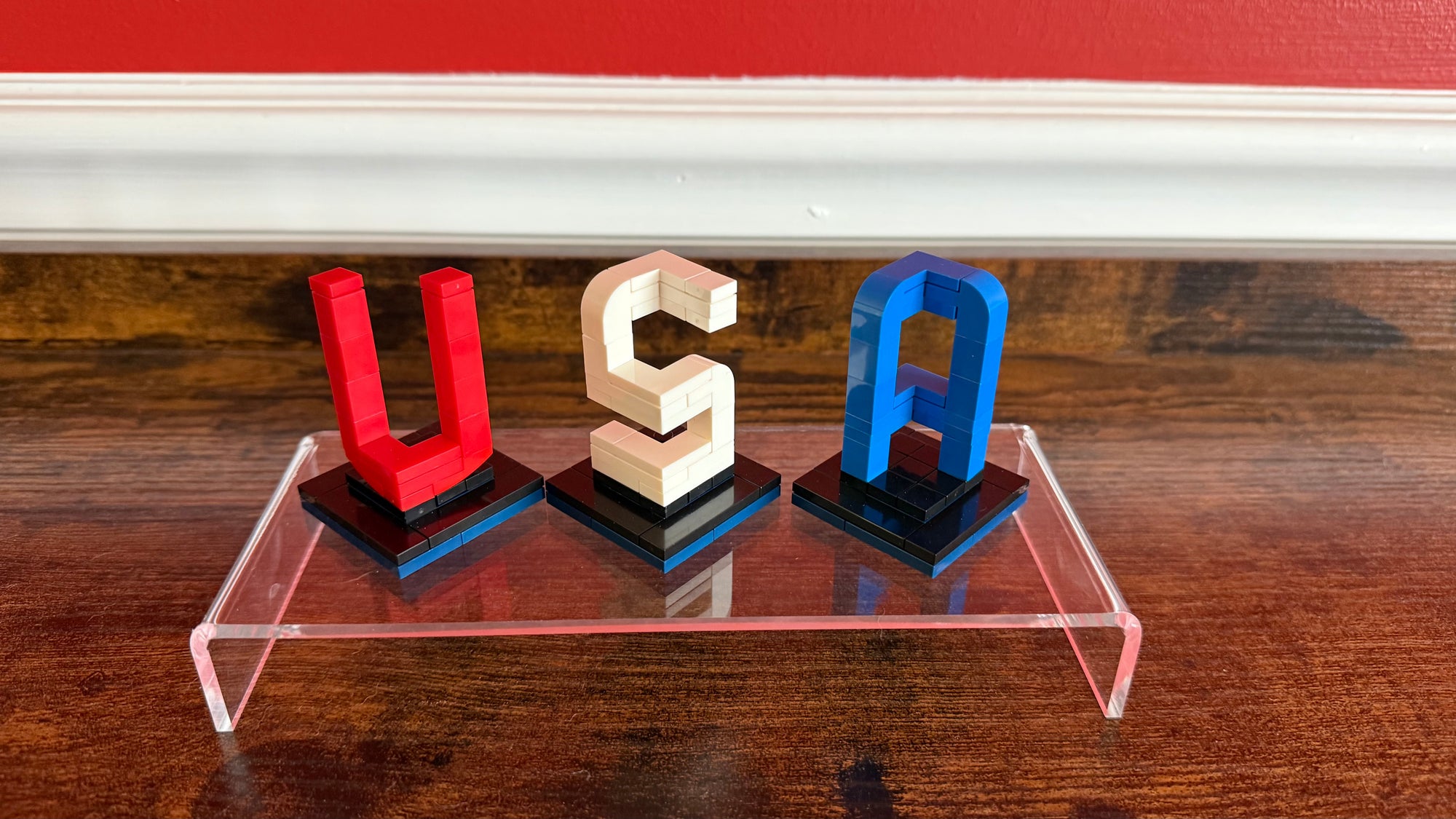
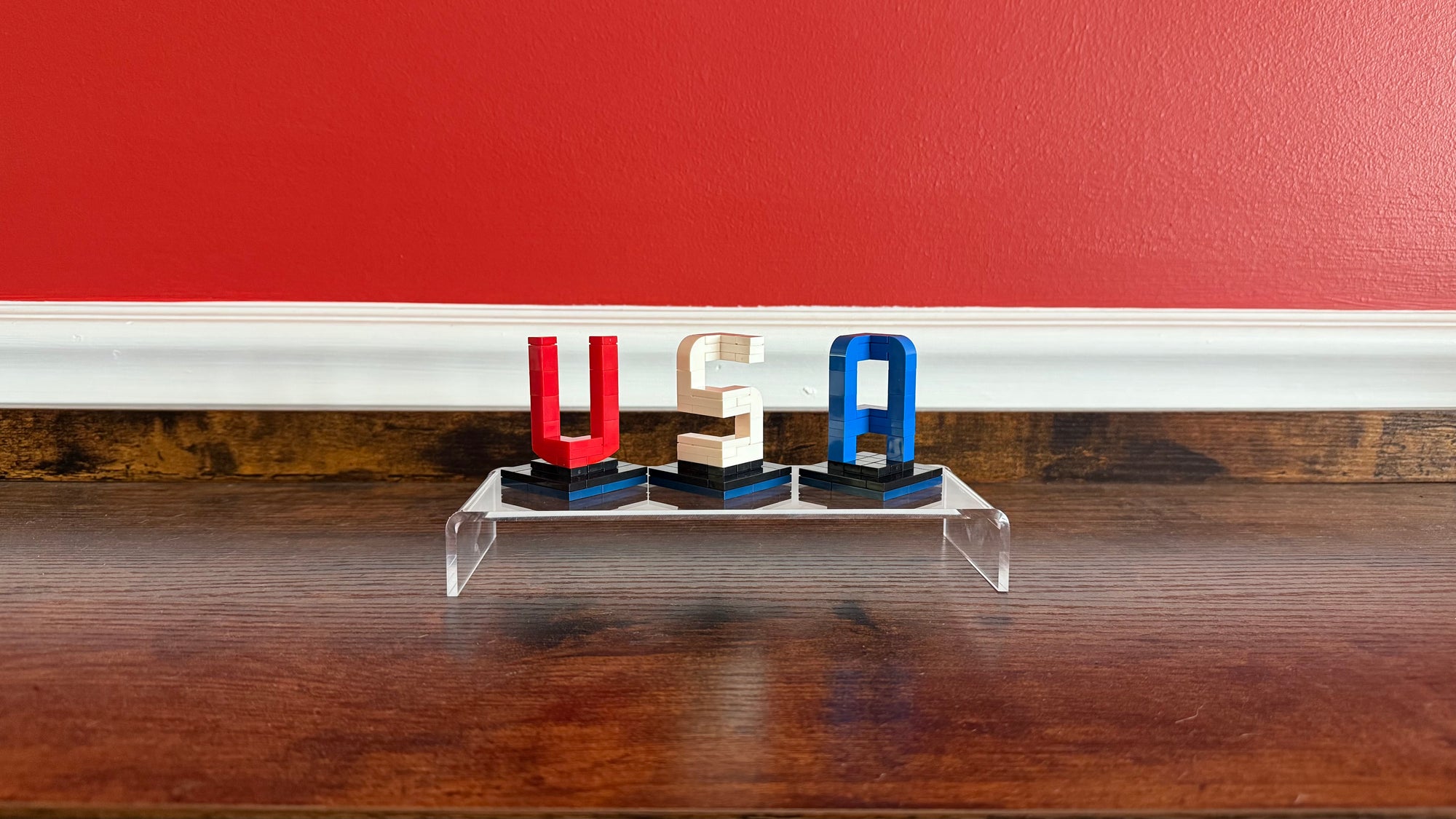
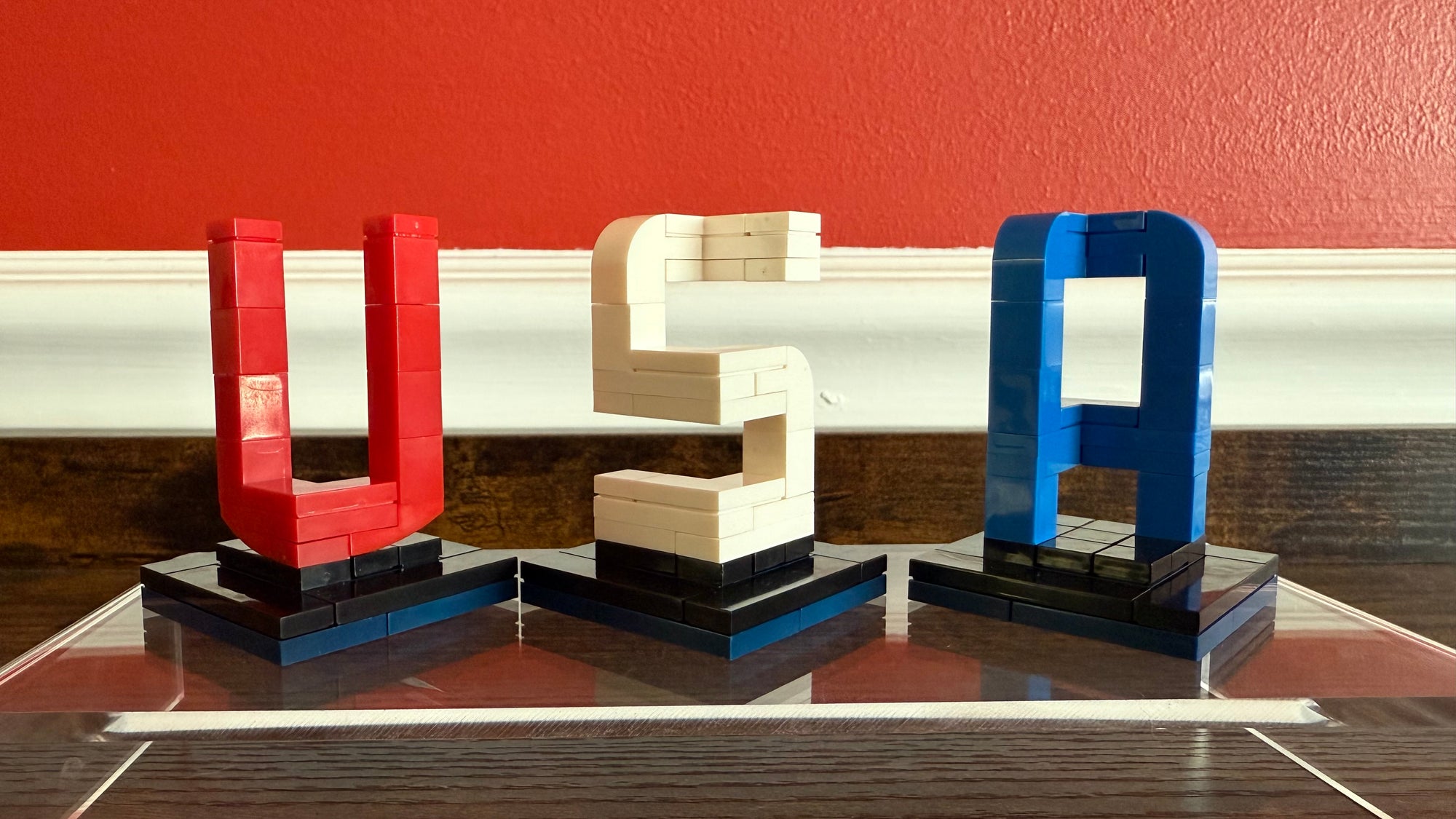
0 comments